Have You Checked Out Your Child’s Thumbs?
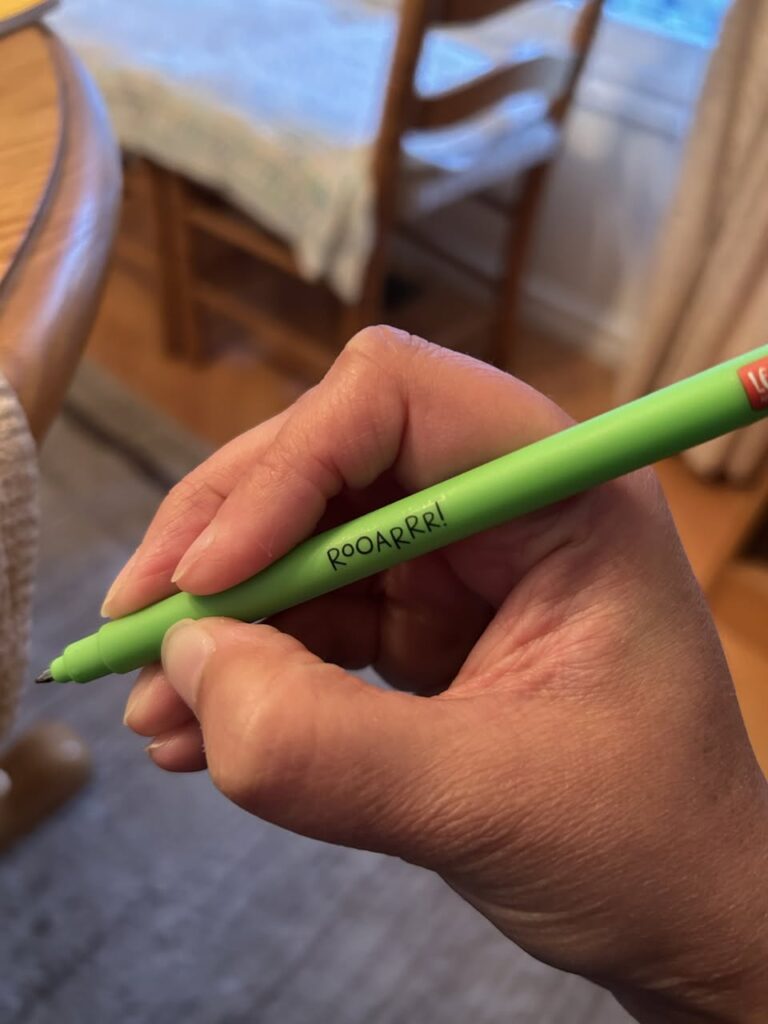
Most people don’t check their child’s thumbs … but they are the biggest clue to why writing feels awkward, tiring, or even painful.
Sensory Support Doesn’t Have to Be Hard

People often think sensory support means setting up picture-perfect activities, obstacle courses, or buying loads of sensory equipment to meet their child’s needs.
And I get why you might think that.
I used to believe that too, especially in my early OT days, nearly 27 years ago.
When Writing Hurts: Understanding What Your Child’s Body Is Telling You

Sadly, many adults don’t even believe kids when they say their hands hurt. They assume children are making excuses or trying to avoid work.
But here’s the truth: kids can — and often do — press so hard on their pencil that it genuinely causes pain.
All in a Year: From Pencil Refusal to Confident Writing
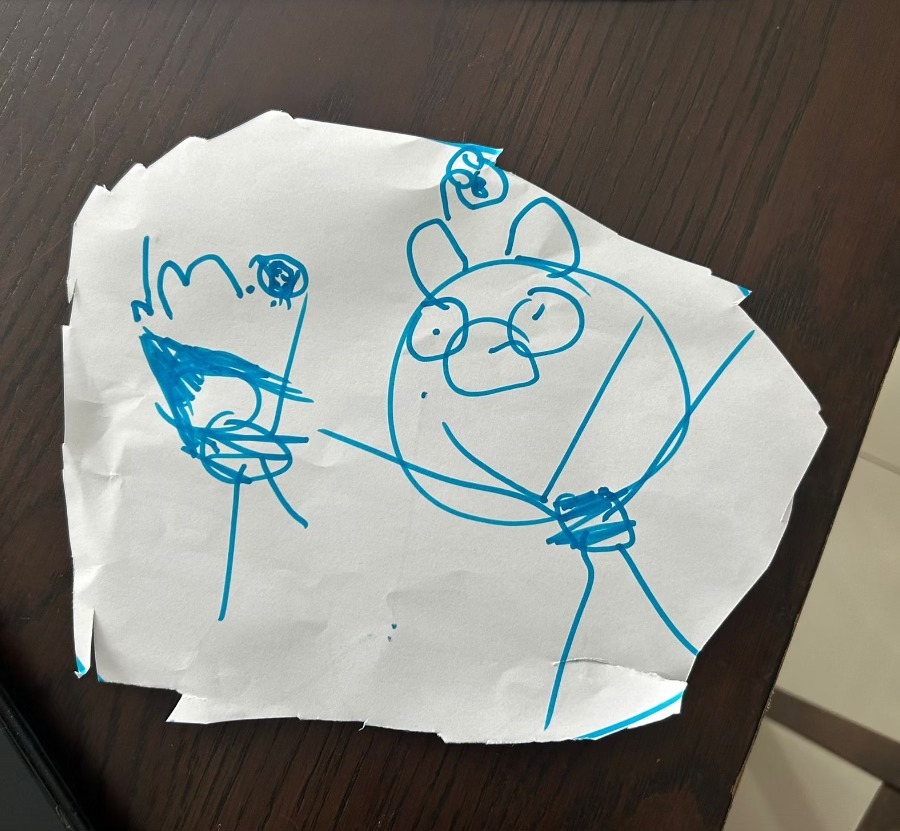
Every child’s writing journey looks different — and it doesn’t start with handwriting practice. It starts with supporting the body, the senses, and regulation so writing can feel possible.
Sensory Support Isn’t About Fixing — It’s About Understanding
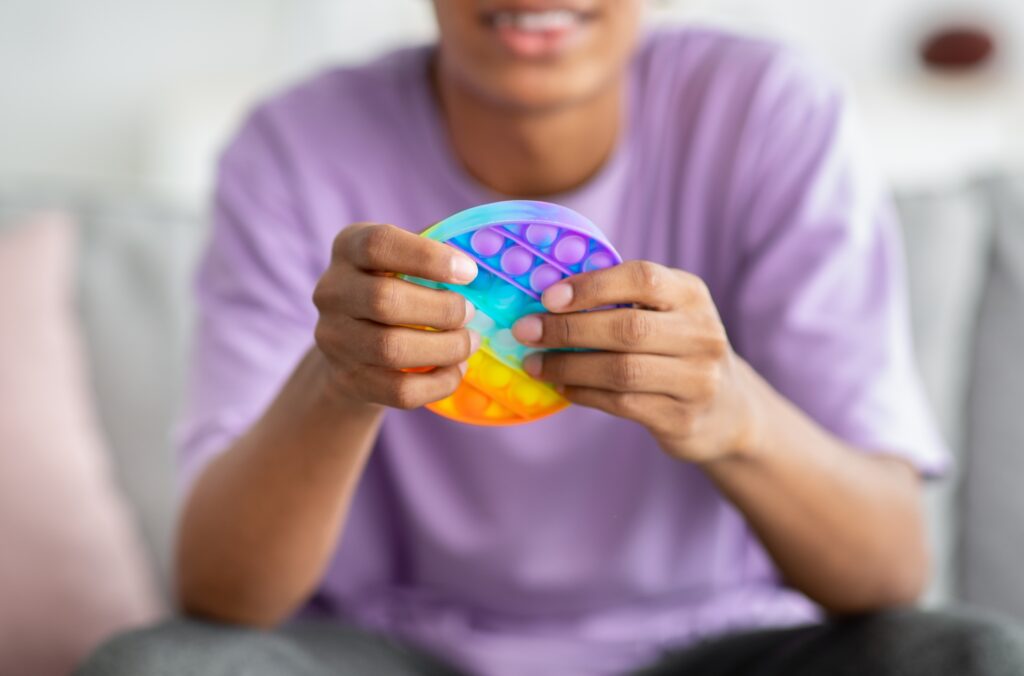
Understanding Children’s Sensory Needs We often hear words like sensory issues, sensory problems, sensory difficulties… but the truth is, your child’s brain knows exactly what it’s doing. Their nervous system is intact—working hard to protect them, ground them, and keep them safe. Of course, this doesn’t mean things aren’t challenging. It can be very hard […]
Writing Difficulties Are Almost Never About Writing

Writing challenges are about underlying developmental skills that haven’t fully formed yet, like:
✅ Whole-body coordination
✅ Core stability
✅ Sensory processing
✅ Motor planning
Be More Cat: The Value of Cozy Spaces
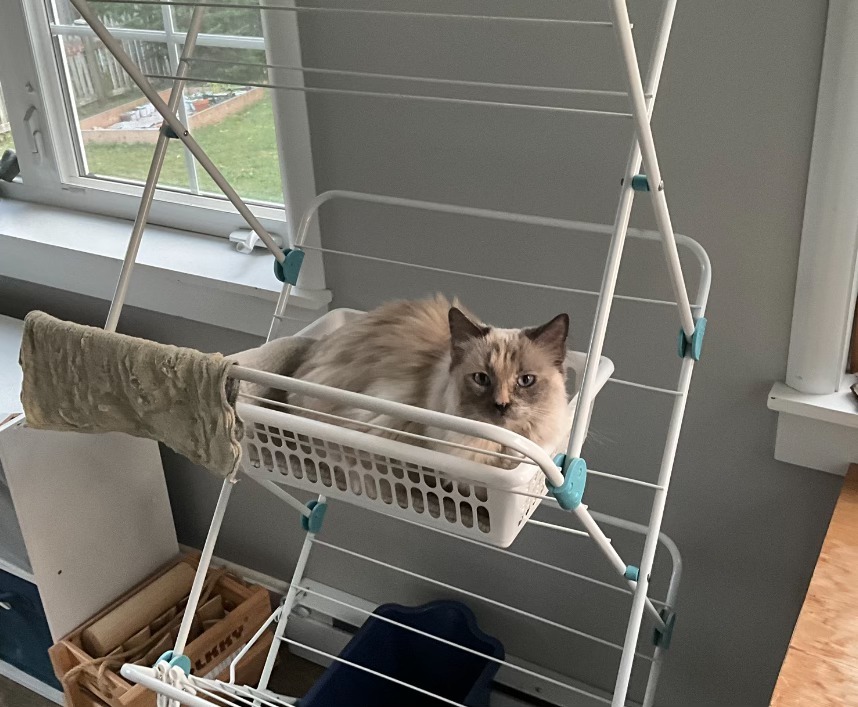
Just like our feline friends, children often benefit from having cozy spaces where they can retreat, reset, or simply feel contained.
More or Less Sensory Input?

But remember: sensory processing is not static. Children can fluctuate between needing more and less, and many have what we call mixed responsiveness.
The ‘Calm Up to Calm Down’ Way

Most people think that calming down looks like sitting quietly, taking deep breaths, listening to soft music, or doing something still and gentle. And for some, that might work.
But for many neurodivergent people, kids and adults alike, that’s not what calming down feels like at all.
Why More Writing Practice Isn’t the Answer (and What Actually Helps)
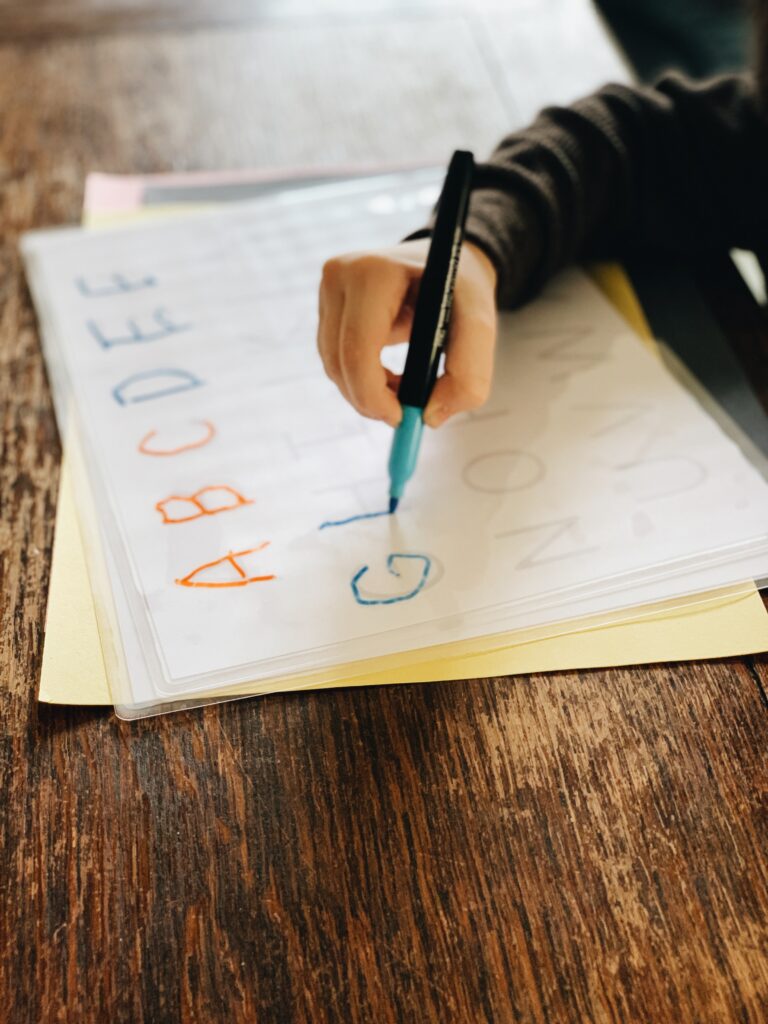
Writing difficulties aren’t about willpower. They’re not a behaviour problem.
They are neurological.
They reflect how your child’s brain and body are wired ……. their sensory processing, coordination, motor planning, regulation, and how all of that fits together.
